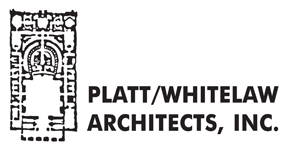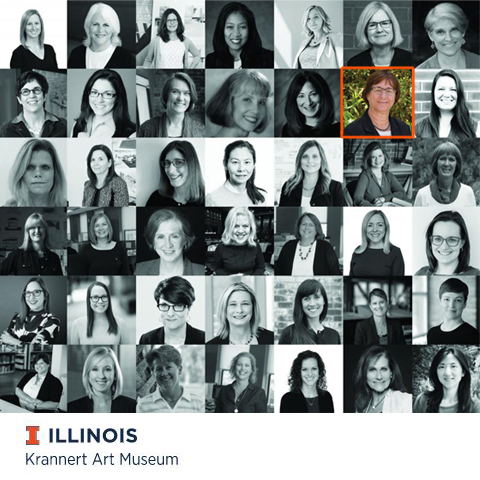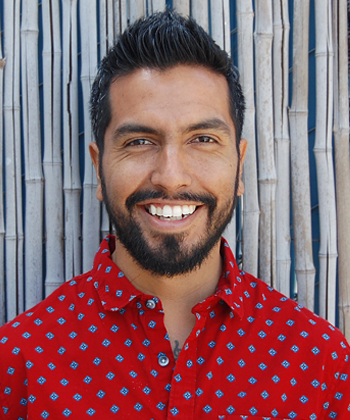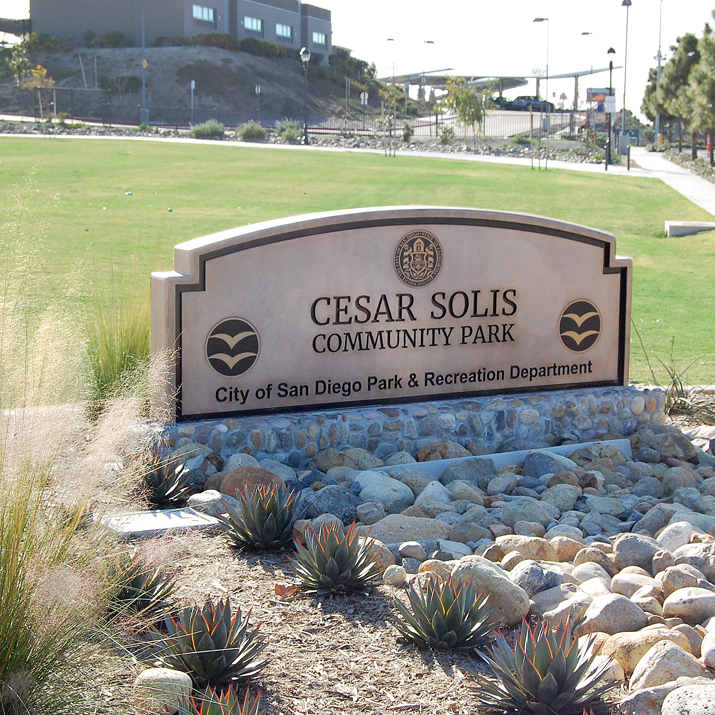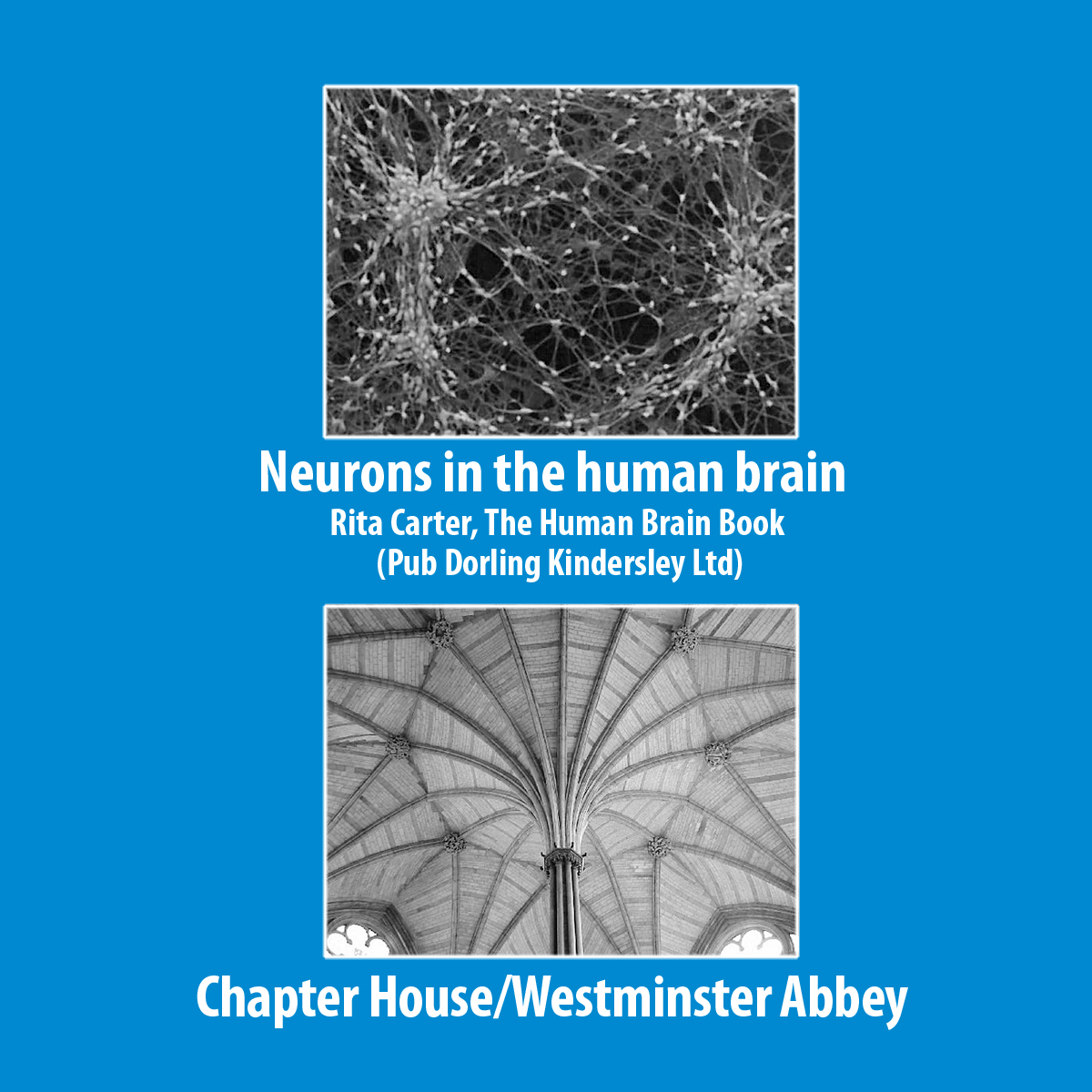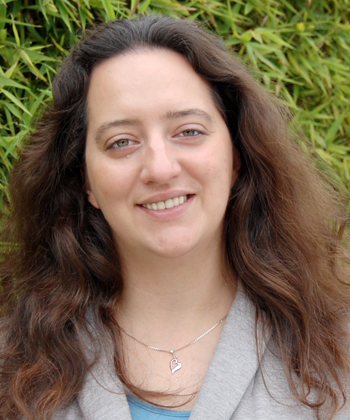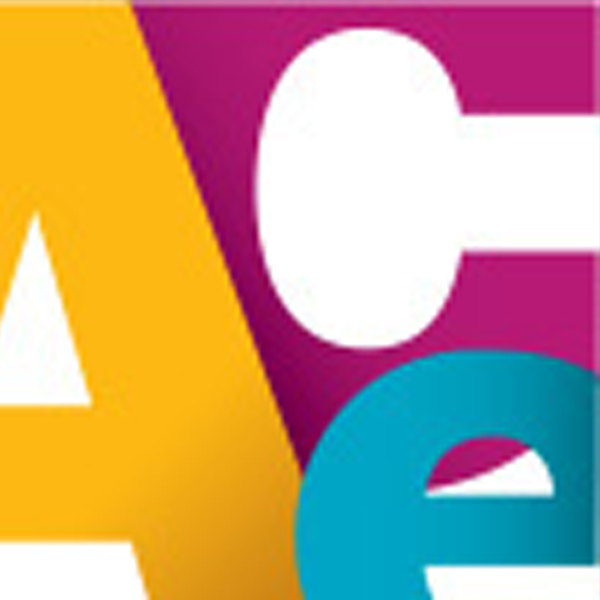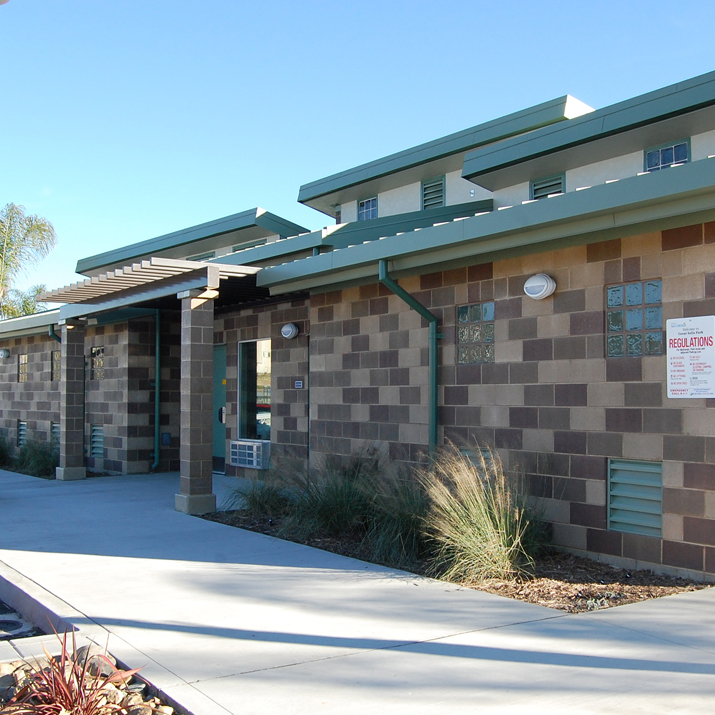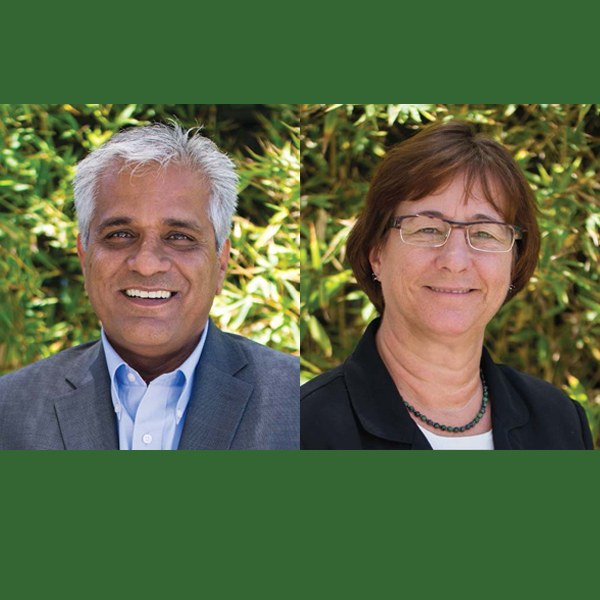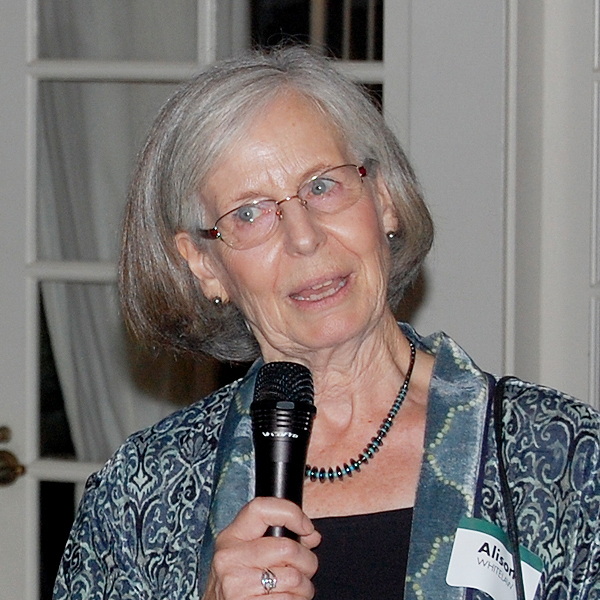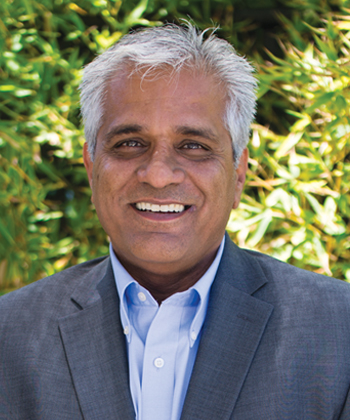Platt/Whitelaw Principal’s Work Featured at Krannert Art Museum
University of Illinois’ School of Architecture recently held a symposium to bring further visibility to challenges women in architecture often experience. As part of that event, they featured the work of the school’s alumnae at its Krannert Art Museum, including work by our own award-winning architect and firm principal Sandra Gramley! At the Illinois Ar
Welcome Richard!
Our newest hire, Richard Sanchez, joins the team with design experience in education, residential, life science and retail projects. At Platt/Whitelaw, he’s looking forward to working on more education projects so he can play a part in improving the student experience. “I was interested in joining Platt/Whitelaw because of its successful history with edu
Cesar Solis Community Park Wins APWA Award!
We’re HONORED to learn that our Cesar Solis Community Park project just won the 2019 Project of the Year award from the APWA San Diego/Imperial Counties! We love designing community projects, and this one had a community of its own in our wonderful project team: City of San Diego, Schmidt Design Group (prime), BSE Engineering […]
Intersection: Architecture & Neuroscience
As students, we travel from one class to the next—one for science, one for math, one for art, and so on. Ultimately, though, it’s the integration of this learning that inspires new ideas and new ways of thinking—an integration happening right now between architecture and neuroscience. Every new discovery has ripples, as different professions consider [
Welcome, Julijana!
Julijana’s past experience focused on school design, and she’s ’s looking forward to working on Platt/Whitelaw’s variety of project types. We look forward to having her help keep our firm on the cutting edge with her diverse knowledge and strong interest in technical advances for design and sustainability. Welcome, Julijana! To support our growing fi
Teaching Future Generations of Building Professionals
Our long history as a firm includes decades of volunteering our time to teach students and young adults about the building and design industry. For many years, our staff was involved with B.E.E.P. (Built Environment Education Project), where we worked with school children to design imaginary projects. Topics ranged from designing animal enclosures for a [&he
Cesar Solis Community Park
We’re so proud to have been part of Cesar Solis Community Park, a 20-acre, joint-use #park now open in the community of #OceanHills. In association with @SchmidtDesignGroup, we were part of the team that created an active park featuring a comfort station, a concession building and picnic/shade shelters as well as two softball fields with […]
Leadership Change
We’re excited for a year of leadership transition in 2019 at Platt/Whitelaw. Longtime Platt/Whitelaw architects Naveen Waney and Sandra Gramley move into ownership and management of our firm while Alison Whitelaw will continue working and providing support to Sandy and Naveen throughout the year. As always, we are grateful to all our clients, friends and [
Holiday Giving
In the spirit of holiday giving, we identified a local family in need and created a giving tree with ornaments that featured Christmas gift wishes from each family member. Our staff and firm filled those wishes and sent the gifts to the family. To support our fellow Californians affected by the devastating wildfires, we also […]
Retirement
Did you hear our big news? Last week, we announced that 2019 will see a changing of the guard at Platt/Whitelaw as the oh-so-talented @NaveenWaney and @SandraGramley take the management reins from @AlisonWhitelaw as she phases into retirement over the next year. Expect the same great service and skills, though! Thanks to our friends/family/clients/colleagues
Mackenzie Sims Wins Student Design Award from AIA San Diego
We’re proud to announce that Platt/Whitelaw Architects’ Mackenzie Sims won AIA San Diego’s student award at the 2018 Design Awards, held at Green Acre NautilusGreen Acre NautilusGreen Acre Nautilus. The award recognized her examination of research-based design for schools, using Monte Vista Elementary School in Vista, California as an example. Her desi
Waney SoCal Real Estate Roundtable
What do architecture firms wish construction and real estate developers knew about design? Platt/Whitelaw Architects’ Principal Naveen Waney is featured in a recent SoCal Real Estate article focused on this topic. He asks that private developers and public agency clients understand that, “Architecture is an art and a science. Architects continuously educ
